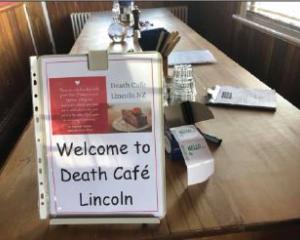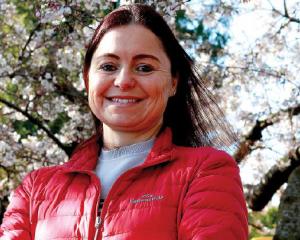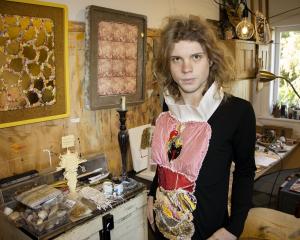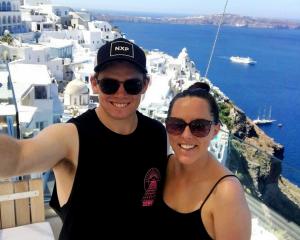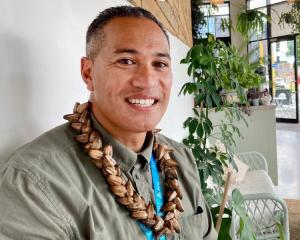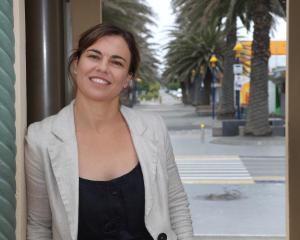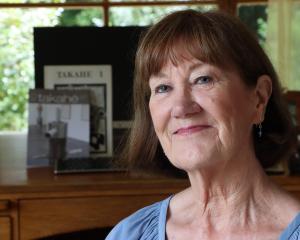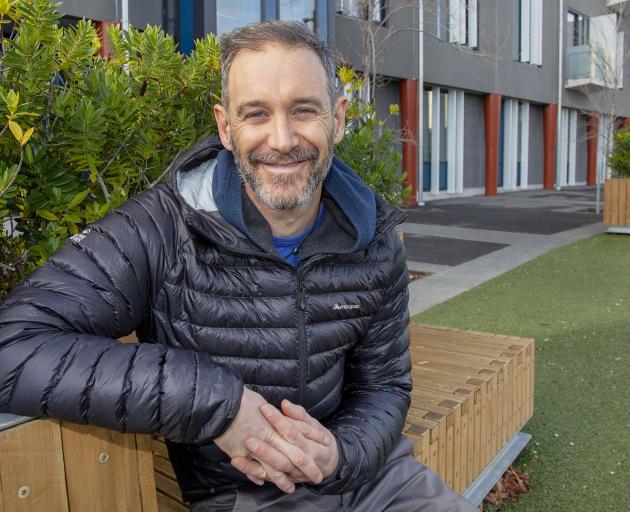
What is a greenstone trail and how many did you walk as part of this journey?
They were the routes used through the mountains in order to go and get greenstone. So, there’s not necessarily any greenstone along the route itself, it’s more just that this is a known pathway through the mountains where you can cross. They were often talked about as the greenstone trails, but they were used for far more than that.
I’ve walked 15 [trails] in total and I’ve written about nine of them in the book. I guess you would say that they span from around the Lewis Pass area all the way through to the bottom of Fiordland.
Your new book documents your experiences walking these trails. Why is this a story worth telling?
My great uncles were mountaineers who climbed with Sir Edmund Hillary. They were both past presidents and patrons of the Canterbury Mountaineering Club and so I really grew up on the stories of the mountains from the pakeha side.
On my mum’s side, we’re Ngāi Tahu, and I grew up learning about, knowing about a lot of our history around the coast. I knew about where we came from out on the coast, but it had never really occurred to me that we would have had a big history inland, in the high country and through the mountains themselves.
I thought there has to be Ngāi Tahu stories about those mountains. I just started asking around, I started doing some research, talking to people I knew within Ngāi Tahu – some of the elders, some of the historians – and, what do you know, there is a huge wealth of material.
I hoped that by writing this book, that people will come to know just a bit more about the richness and the depth of the history that’s right here in the landscape.
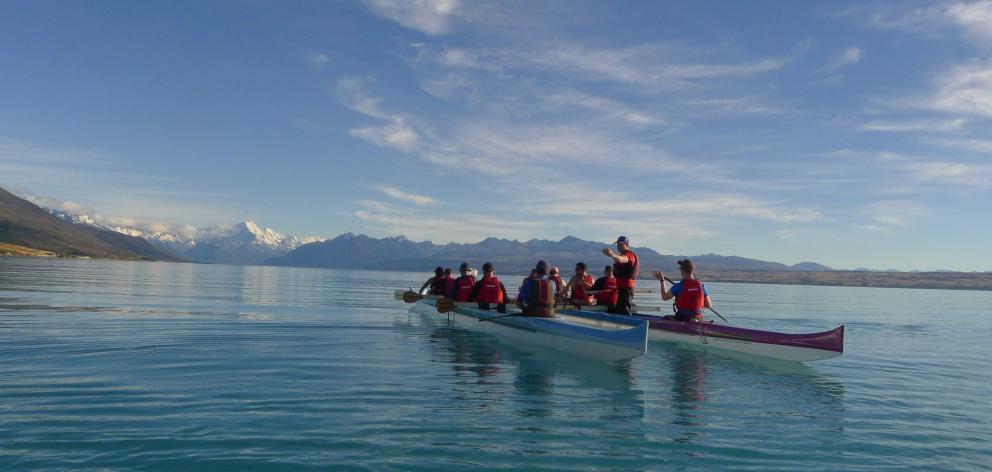
I didn’t always stay safe. I tried, but I actually came very close to dying while writing this book. I was in the middle of winter scouting out a route through the big mountains in South Canterbury, about 30km north of Aoraki (Mt Cook) up the back of Takapō, Lake Tekapo. Just through a sequence of events [I] ended up going a bit further and a bit further and a bit further not in good conditions . . . the further I went, the more things went wrong. The more gear broke, the more things I lost, the more my way was barred and the whole time, at night, there were these electrical storms happening up over the main divide, and in Māori, we call that kapo – it’s a type of lightning playing about the horizon and in the old days it was considered an omen. While I’m walking, I’m like, I’m pretty sure that was considered an omen in the old day, but I can’t remember what it’s an omen of.
Everything kept going wrong until the final point where I almost made it to the pass, and then I got hit by an avalanche and swept all the way off the pass and I was very, very lucky to survive. By rights, I should have been dead. I’d been climbing really steep terrain, I’d been climbing an ice fall before that, so when the avalanche swept me away, I just basically fell straight down the ice fall, didn’t hit anything luckily, and then this float just caught me and spat me out the bottom, but it was a real feeling of some massive creature just, kind of, wiping you out. It was hard out and it was scary.
You collected greenstone on one of the legs of your journey? Can you explain this process?
We got a permit from our rūnaka, so from the tribal body, the tribal council from down there (Colac Bay). We got permission to gather some of the stone, gather that takiwai from the head of Milford Sound. Over three weeks, about 30 of us worked together at different points to bring that stone about 300km overland and paddling all the way back to the marae [Takutai o Te Tītī Marae] at Colac Bay (Southland).
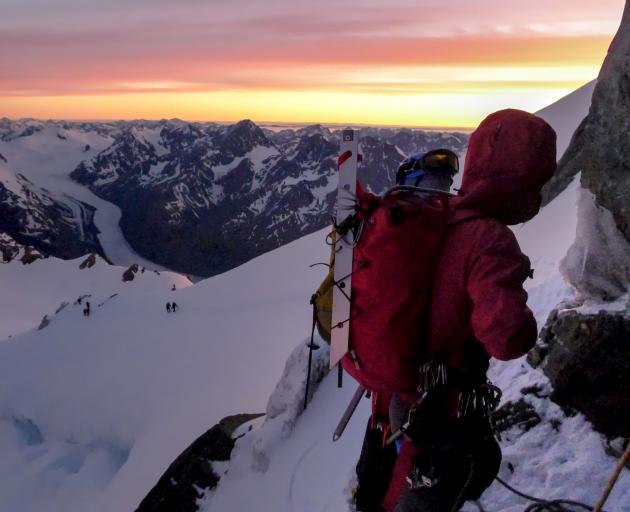
Twenty-nine people. It was a real mixture . . . some of them were there in a support role, all just doing it for the love. There were six of us who did the walking at different times.
What was one of the highlights of your trip?
I think, bringing the greenstone back to our home marae [Takutai o Te Tītī Marae]. This a place where my whānau’s ancestors are from, going way back, and so, to come there with this stone that, you know, so many of us had worked together to bring back. As far as we’re aware, it was the first time in 180 years that anyone had done that journey [the greenstone trails] in that way. Definitely, Ngāi Tahu people have been going there and collecting that stone all the time since, but usually using more modern methods, you know, a lot of travel by boat and by car and whatever.
It was just really special to be there at our home marae with that great big group of whānau and friends around us, who’d all worked together to make that happen.
What was your favourite trail?
I guess, I really loved the Whitcombe Pass trip, I think, just because it was a bit of a rowdier trip. It’s just really gnarly terrain and we also did a fun side mission. There are two mountains along that route named after [explorers] Henry Whitcombe and Jakob Lauper . . . We spent several kind of hard-out days playing, climbing, exploring up in there.
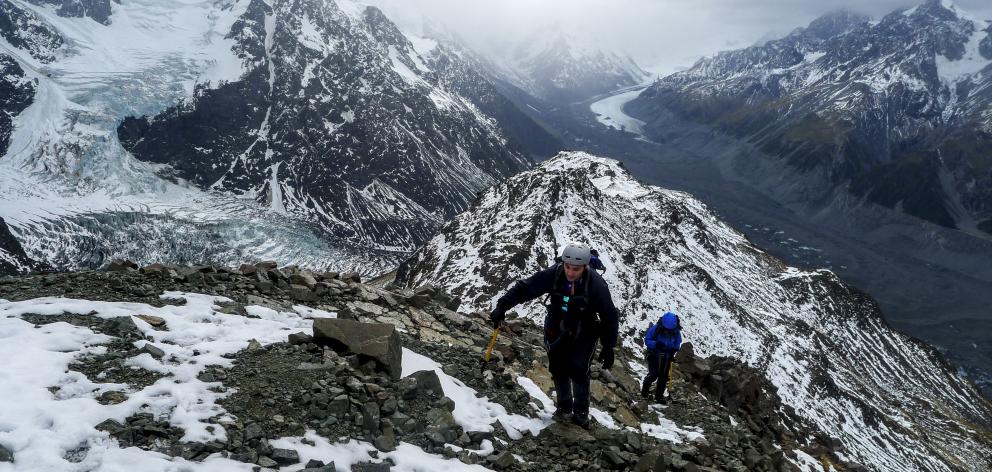
I started researching and talking to people about this in 2014 and then I did the walks over a few years – 2015, 16 and 17. Then it’s been just a bunch more years of more research and writing and editing. It’s been a massive project, really, 2014 until now.
How did you document your experiences along the way to remember them when you came to write the book?
Part of it was taking photographs, just to capture the landscapes and the feeling of those places. Part of it was just taking notes, so just having that diary with me the whole time, stopping and scribbling down thoughts, observations, smells, sounds, just all those things that as a writer you need to really bring a scene to life.
On a couple of the trips we also took some film gear and shot some little clips with a GoPro, and then, when we did the big mission down south [to Takutai o Te Tītī Marae] we had a camera crew dropping in at a couple of points to film stuff.
I’ve contributed to heaps of books, but the one that I guess I’m most proud of, that’s got my name on the cover, is a book called Arms Race, which is a totally different type of book compared to this one [Uprising]. It’s short stories and if you’re a fan of Black Mirror on Netflix, it’s very much in that style. They’re stories about the near future, just imagining what might life be like if we kind of keep going the way we’re going now. They’re kind of partly speculative fiction, partly satire. For example, stories about what would it be like if you were the last person left on Facebook?
You recently returned home to Christchurch after 20 years living in Melbourne. Why did you make the move?
I am now the programme co-director of the WORD Christchurch festival. It was a combination of getting the job offer here, and also, Covid over there.
- Nic Low is appearing at the Mountain Film and Book Festival. Uprising will be released on July 2 and will be available here.



